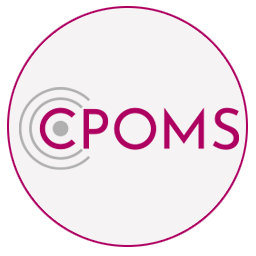
Art and Design – Graphic Design
Exam board – AQA
Entry Requirement – GCSE Grade 5 or above in Art and English would be beneficial to any student wishing to enrol on the course. It is necessary for students to have a passion for Graphic Design and access to Art materials outside of the classroom environment to enable completion of coursework which will require up to 4 hours per week at home or outside of lesson. This course can’t be studied with AQA Fine Art Option A but can be studied with photography.
Who Should I contact for more information – Mrs Cook
What does this Course lead to?
This course is the gateway to the creative industries. graphic designer, typographer, fine art painter, art director, filmmaker, interior designer, print-maker, fashion designer, art therapist, product designer or architect. An understanding of Fine Art, its contextual relevance, and how to use it as an effective tool for presenting ideas is at the heart of a creative career.
An A level in Graphic Design is a valuable element to any pathway to university to study a foundation course prior to a creative degree.
What will I study
Over two years of study, students will build on Fine Art foundation skills and developing their knowledge of media and techniques. They will be encouraged to explore and immerse themselves thoroughly in the creative process, taking risks and discovering new ways of working.
Our introductory unit develops a personal logo and covers basic graphic theory. Students are then set a personalised brief for their substantive portfolio project before preparing for the internal exam assessment using a similar structure. Students receive regular prompts and critical feedback designed to push them in terms of their competency and response.
After Easter in Year 12, students embark on their own ‘Personal Investigation’ which can take any form their creative thought process sees fit. This investigation comprises a written element of 2000-3000 words where artists are researched, and contextual understanding is displayed by linking these artists work to their own. It should involve practical experimentation and refinement of ideas in relation to the research undertaken. The written element to the unit is there to support the practical work, and as such strengthens creativity via solid contextual and technical understanding.
What are the benefits of studying this course and what will I gain from it?
Graphic design is the process of visual communication and problem-solving using one or more of typography, photography and illustration. The field is considered a subset of visual communication and communication design.
Graphic designers create and combine symbols, images and text to form visual representations of ideas and messages. They use typography, visual arts and page layout techniques to create visual compositions. Common uses of graphic design include corporate design (logos and branding), editorial design (magazines, newspapers and books), wayfinding or environmental design, advertising, web design, communication design, product packaging and signage.
Any young person wishing to pursue a career in the creative industries or advertising/marketing would hold a valuable qualification in A level Graphic Design. It provides the perfect platform from which to study at degree level or an apprenticeship in any creative field.
How will I be assessed
A level Graphic Design is broken down into 60% coursework represented by the ‘Personal Investigation’, and 40% exam which is 15 hours over 3 days. The exam follows 10 weeks of investigative creative responses into an exam question theme provided by AQA.
Work will be presented via sketchbooks and in digital form.












